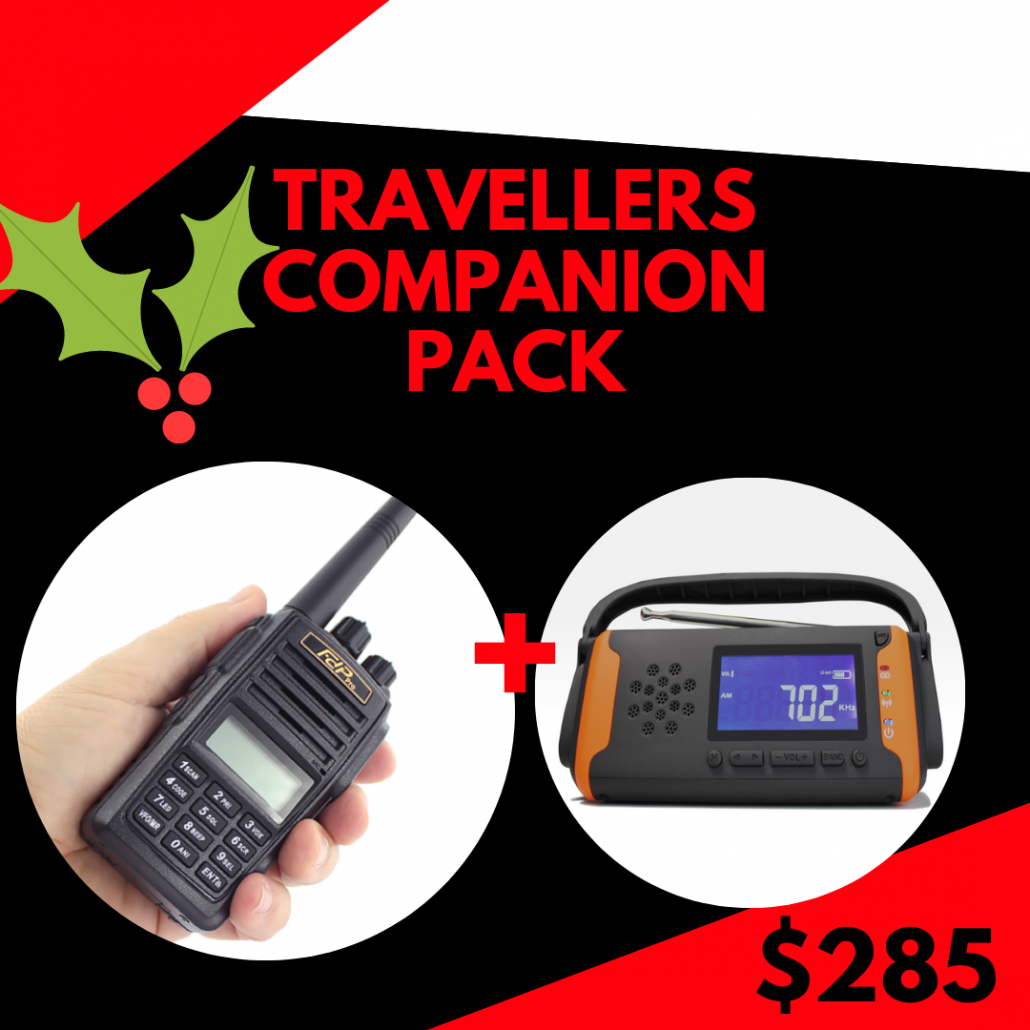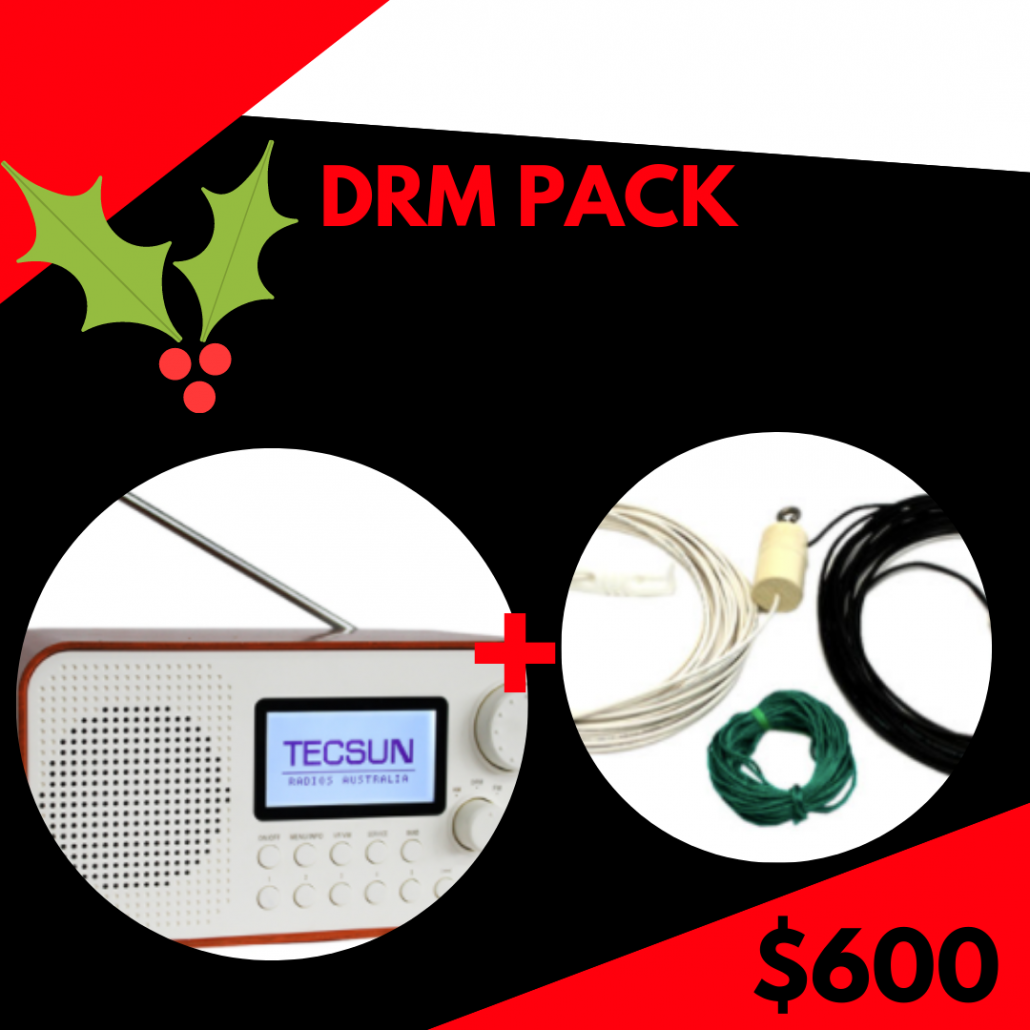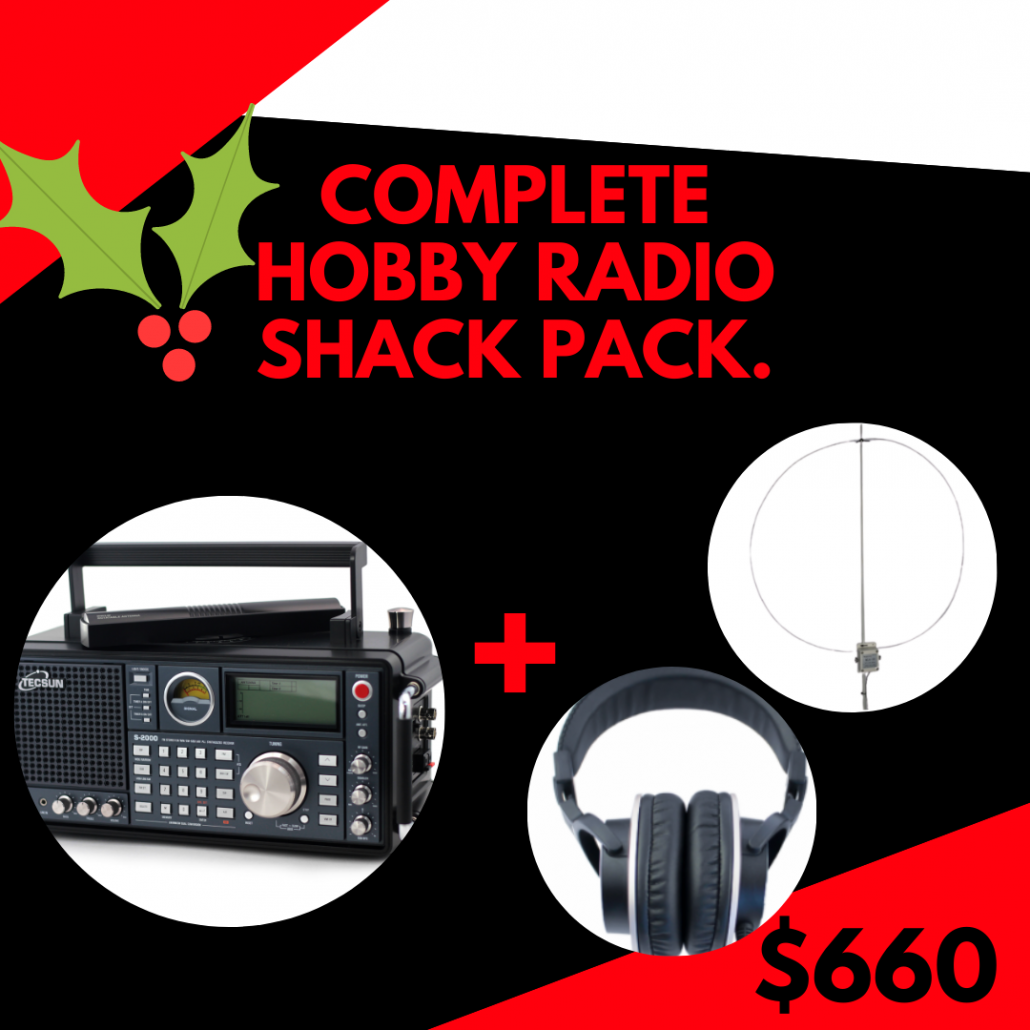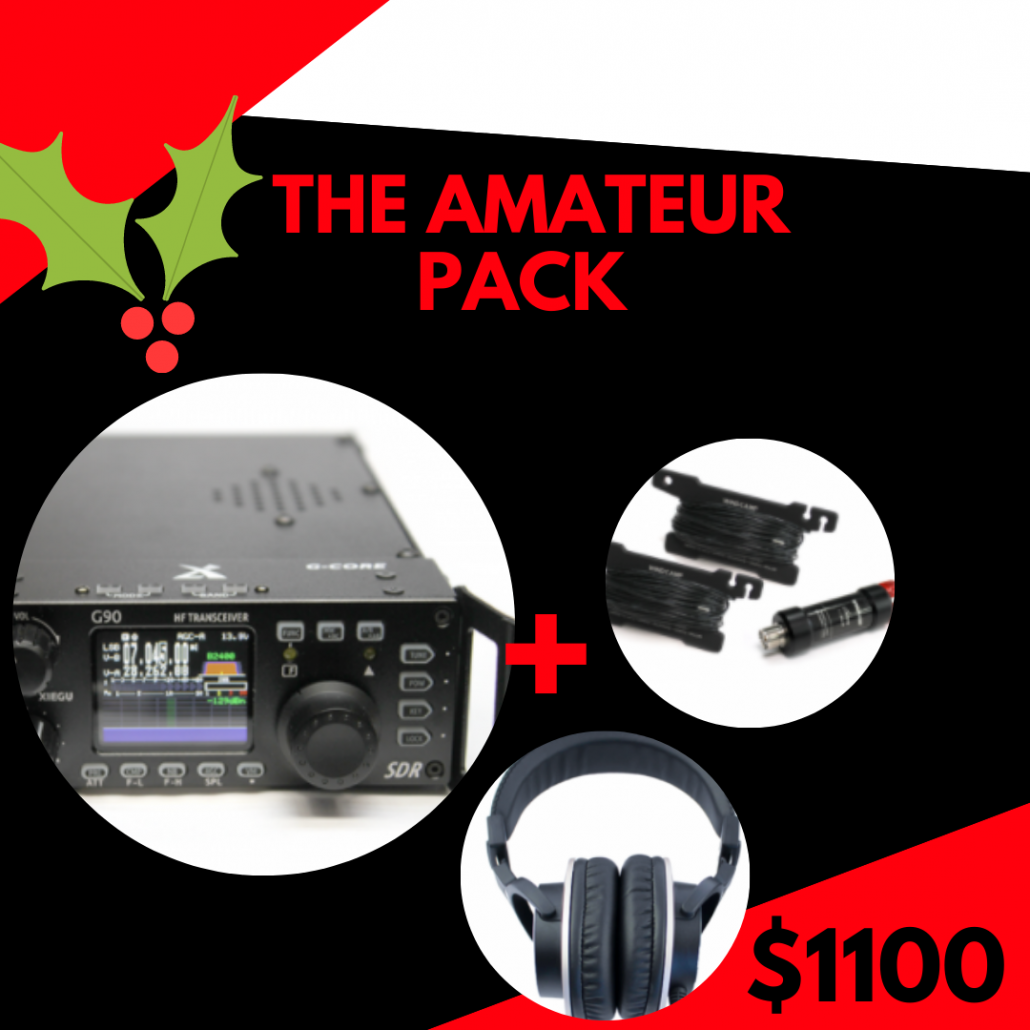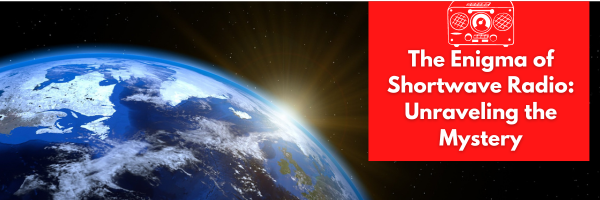
In a world driven by advanced technology and instantaneous communication where it is common to see people are walking around staring at their phones as a way of communication and entertainment, it’s easy to overlook the seemingly oldschool domain of shortwave radio. While smartphones, social media, and streaming services dominate our lives, shortwave radio quietly persists as a captivating and enigmatic medium. Despite its long history and unique characteristics, shortwave radio remains mysterious to many people today. We are passionate about sharing as much about this hobby as possible. Here are some of the reasons we love this sometimes mysterious medium which continues to capture the imagination of enthusiasts around the globe.
1.The Wavelength Wilderness: Shortwave radio operates on high-frequency bands, typically ranging from 1.6 to 30 MHz. Unlike traditional radio broadcasting, these signals have the remarkable ability to travel long distances by bouncing off the Earth’s ionosphere. This characteristic enables listeners to tune into broadcasts from far-flung corners of the world. However, the unpredictable nature of ionospheric propagation adds an element of uncertainty, as reception conditions fluctuate depending on atmospheric conditions, solar activity, and time of day. This unpredictability creates an air of mystery and adventure, as dedicated listeners attempt to catch elusive transmissions from distant lands.
2.A Global Portal of Voices: Shortwave radio is renowned for its capacity to connect people across continents, cultures, and languages. It serves as a gateway to alternative perspectives, unheard voices, and diverse narratives. Many international broadcasters utilize shortwave radio to reach audiences in regions where access to the internet or other forms of media may be limited. Tuning into these broadcasts offers a glimpse into unfamiliar cultures, political climates, and social issues, fostering a sense of curiosity and intrigue. The broad spectrum of content, from news and current affairs to music and cultural programs, adds to the allure and mystique of shortwave radio.
3.Spy Numbers and Clandestine Activities: During the Cold War, shortwave radio gained notoriety for its use in espionage and clandestine activities. Spy agencies and governments utilized coded messages, known as “numbers stations,” to communicate with their operatives in the field. These eerie and cryptic broadcasts, often consisting of synthesized voices or monotone readings of numbers, remain a subject of fascination and speculation. The cloak-and-dagger world of shortwave espionage adds an element of intrigue and secrecy, perpetuating the air of mystery surrounding the medium which continues today.
4.The Art of Listening: Unlike modern digital platforms, shortwave radio requires active participation from the listener. Tuning into frequencies, adjusting antennas, and carefully fine-tuning the receiver are skills that dedicated shortwave enthusiasts have mastered. This active engagement and the inherent limitations of shortwave reception make it a more involved and immersive experience than passively scrolling through a digital playlist. The quest for the perfect signal, the joy of discovering a distant station, and the shared experiences within the shortwave community create a sense of camaraderie and exclusivity that keeps the allure of shortwave radio alive.
5.Nostalgia and Analog Charm: In an era dominated by sleek digital devices and seamless connectivity, shortwave radio represents a nostalgic connection to simpler times. The crackle of the airwaves, the warmth of the analog dial, and the feeling of anticipation as you search for a station evoke a sense of bygone charm. The fascination with retro technology and the desire for a more tangible and tactile experience have contributed to the enduring appeal of shortwave radio among collectors, hobbyists, and enthusiasts.
Shortwave radio, with its long-distance reach, cultural diversity, historical intrigue, and active engagement, continues to captivate a dedicated following in the digital age. Its mysterious nature, inherent limitations, and the unique experiences it offers contribute to its enduring appeal. As we navigate an increasingly interconnected world, shortwave radio
Here at Tecsun Radios Australia we are proud to support this hobby and introduce it to more people on a daily basis through our store, blogs, newsletter, and social media.



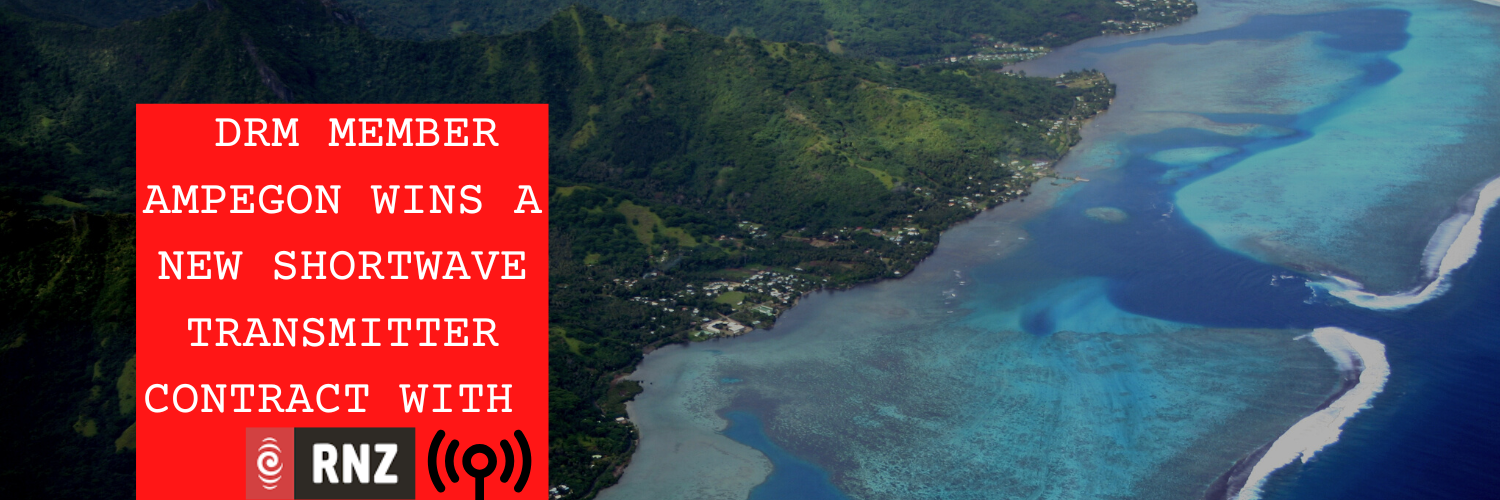
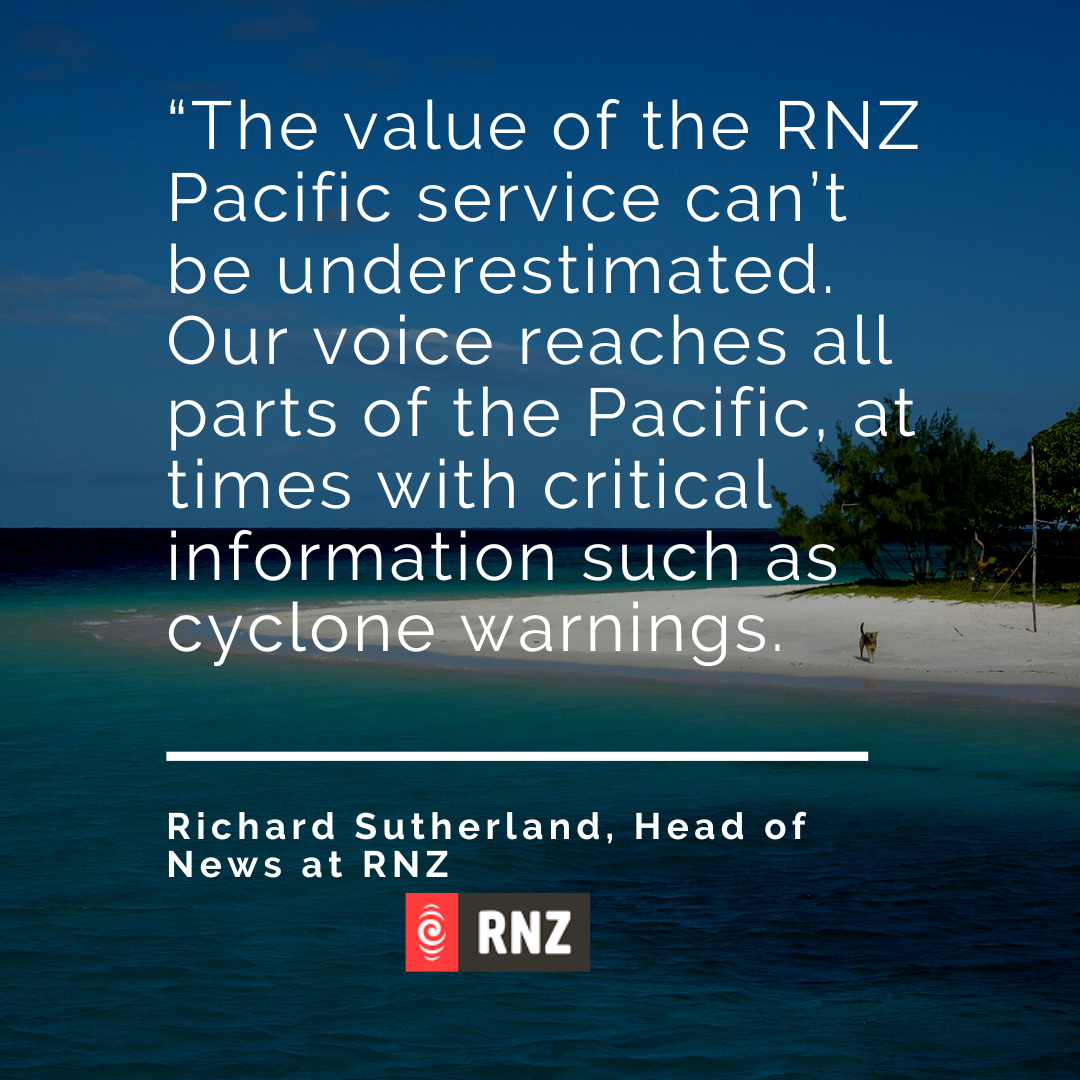

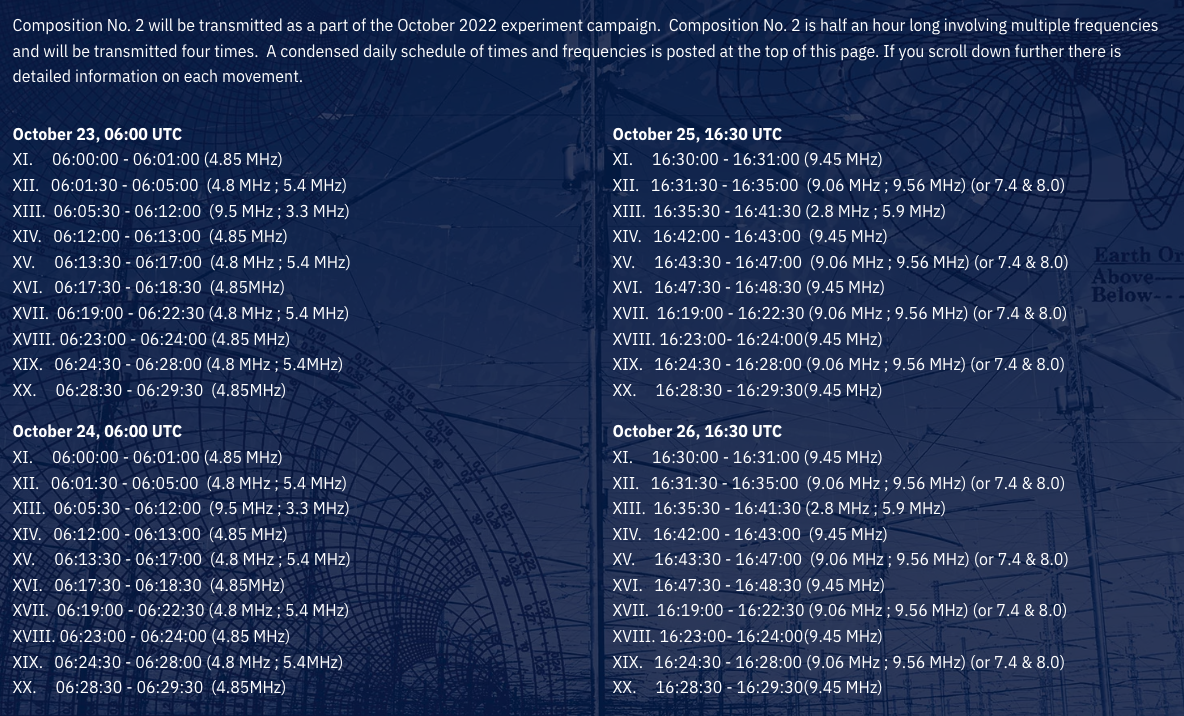

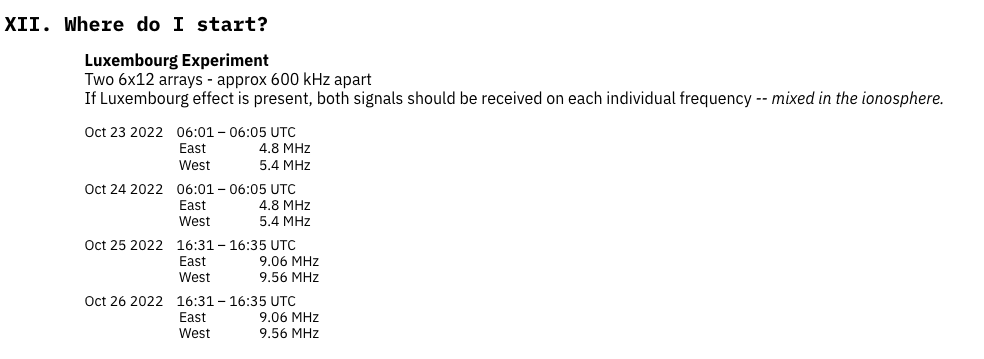
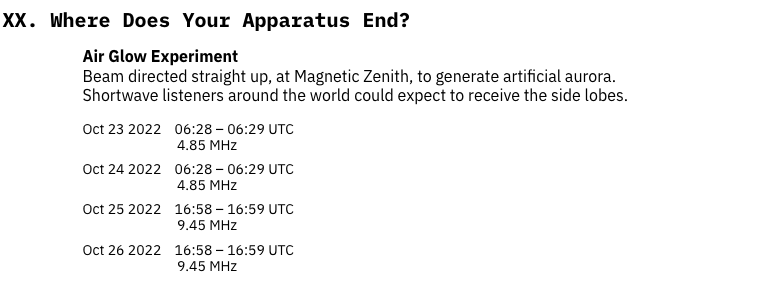


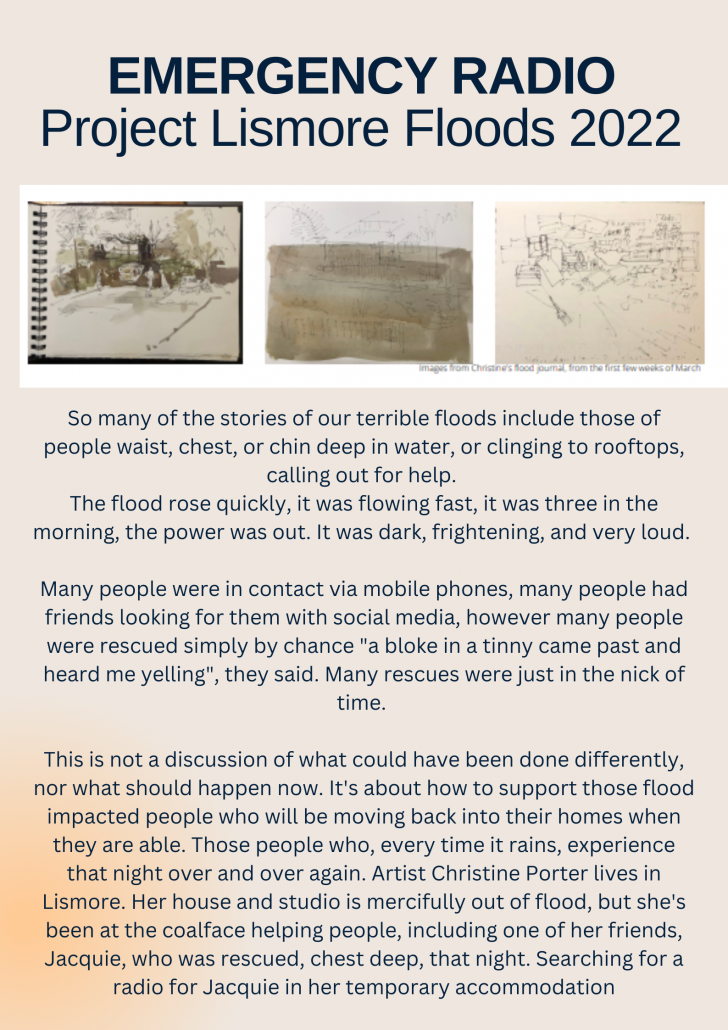
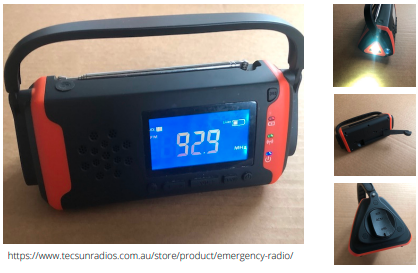
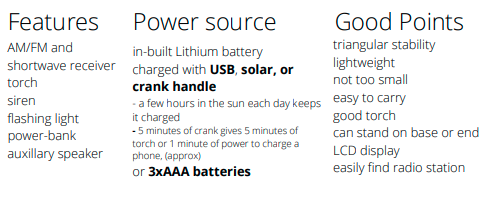
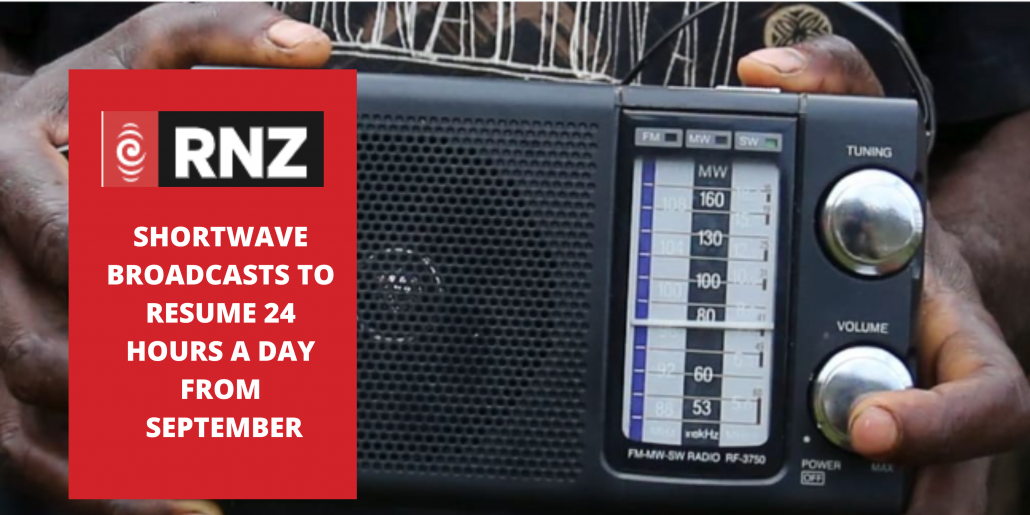
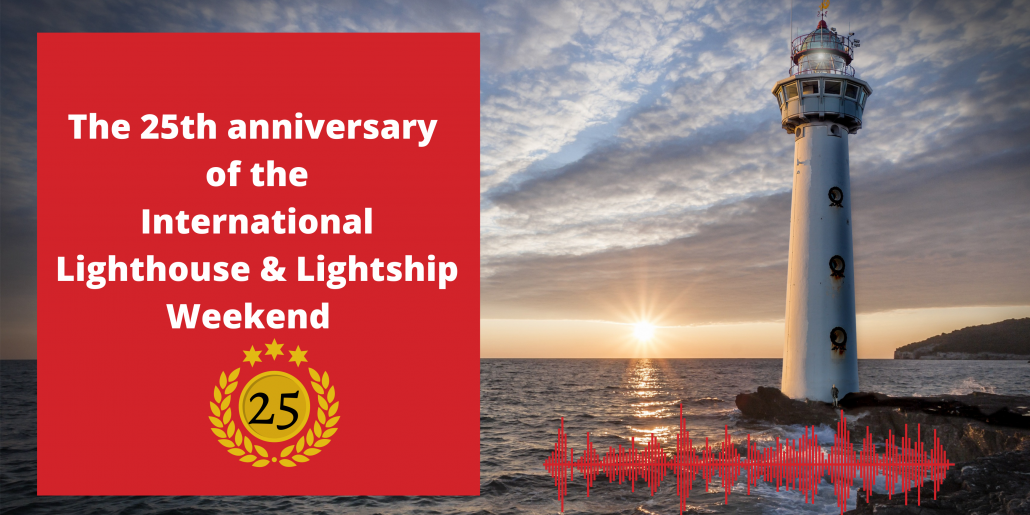
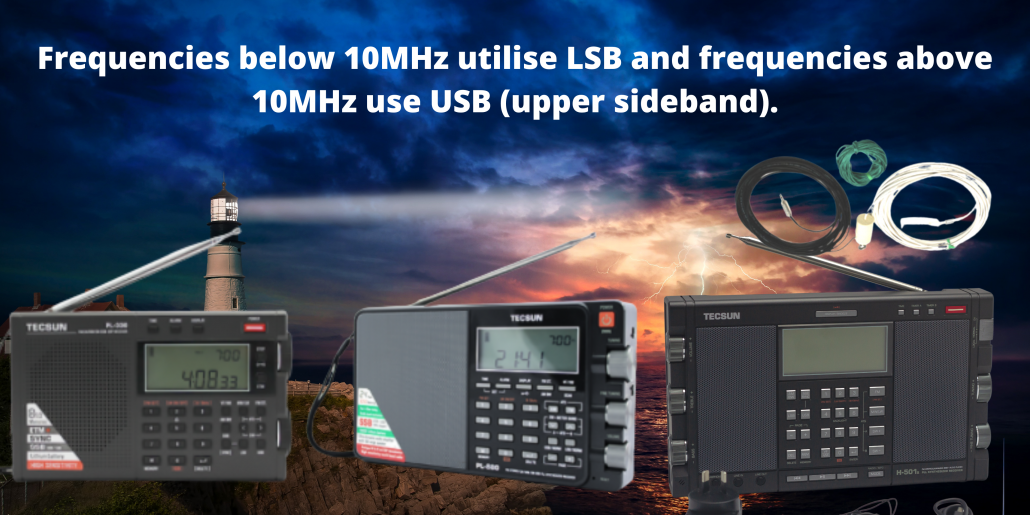
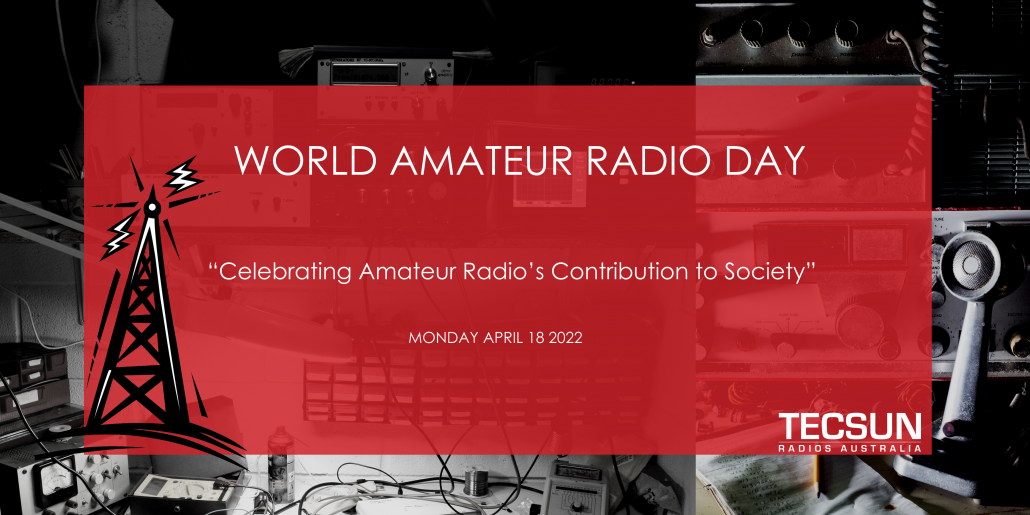 The International Amateur Radio union (IARU) was formed on this day in 1925.
The International Amateur Radio union (IARU) was formed on this day in 1925.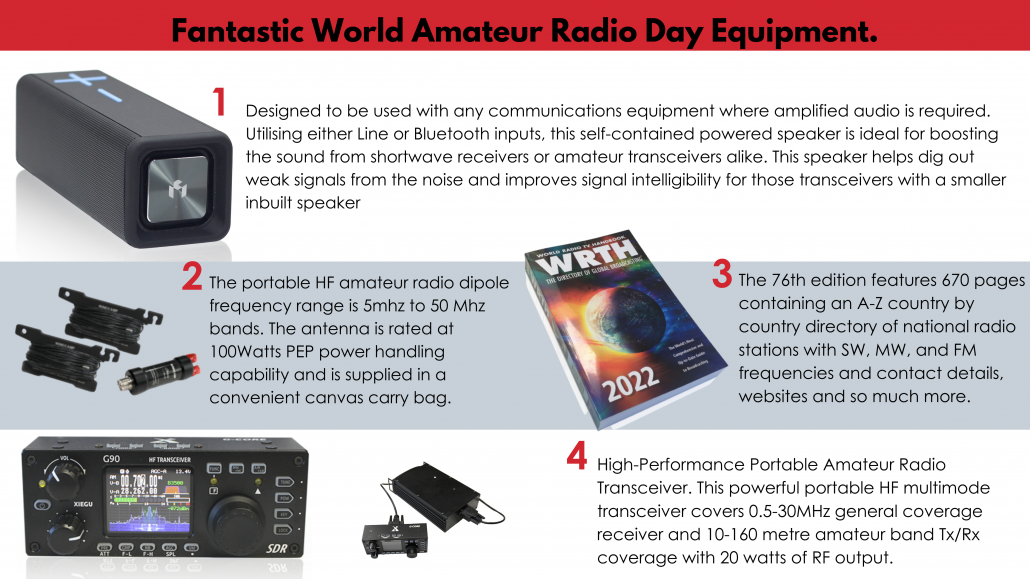
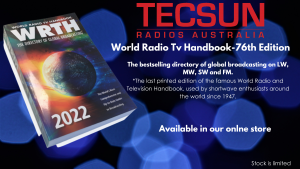
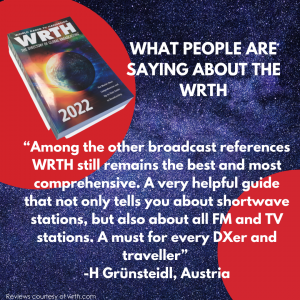
 Yes, it is the season of giving! With holidays coming up it is also the time for exploring your hobbies and creating your own space to do more of the things you enjoy
Yes, it is the season of giving! With holidays coming up it is also the time for exploring your hobbies and creating your own space to do more of the things you enjoy
